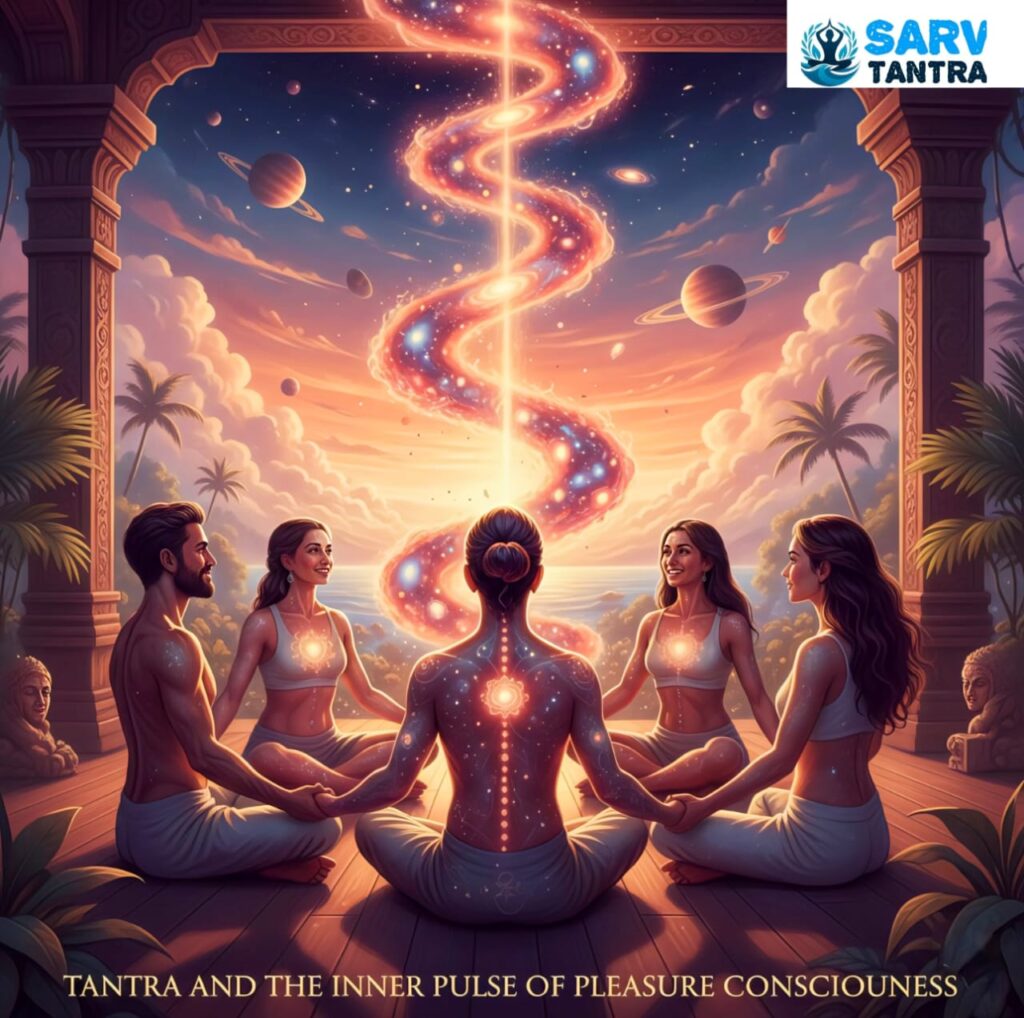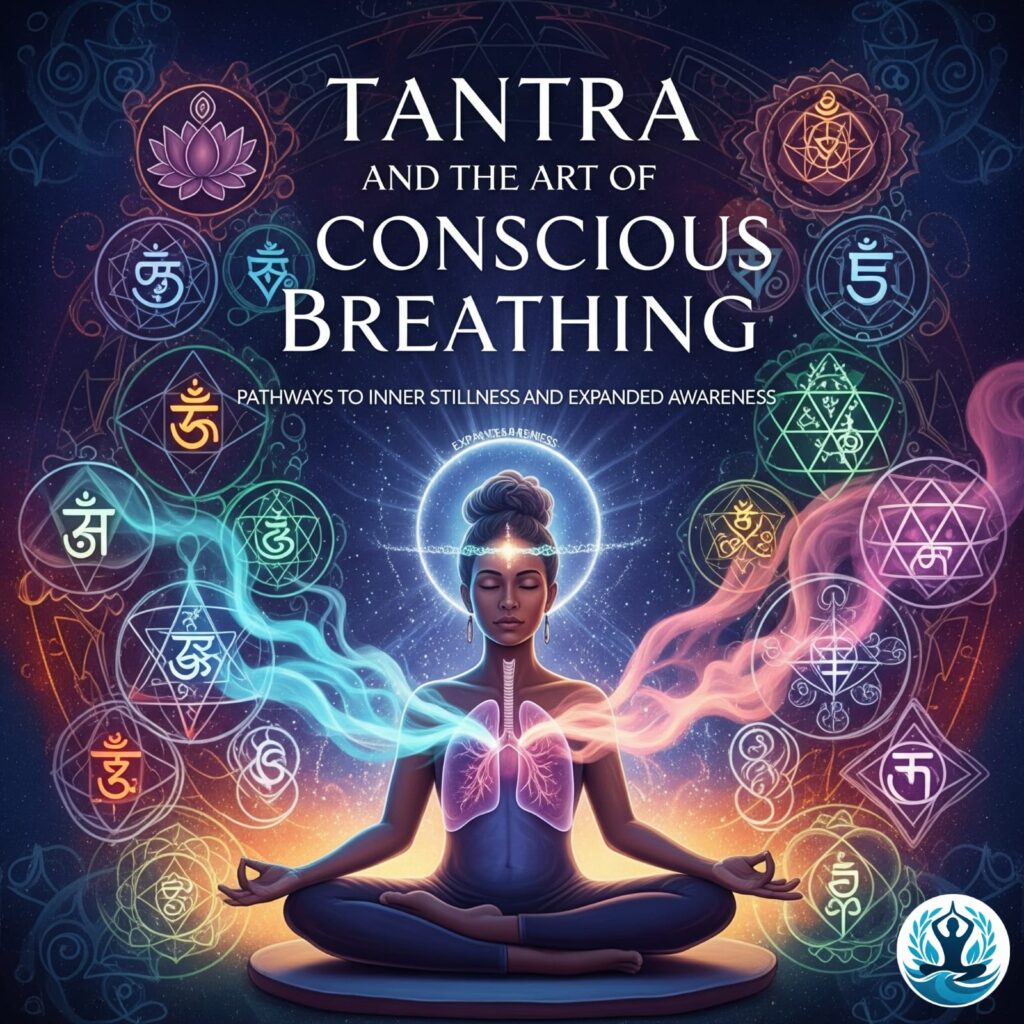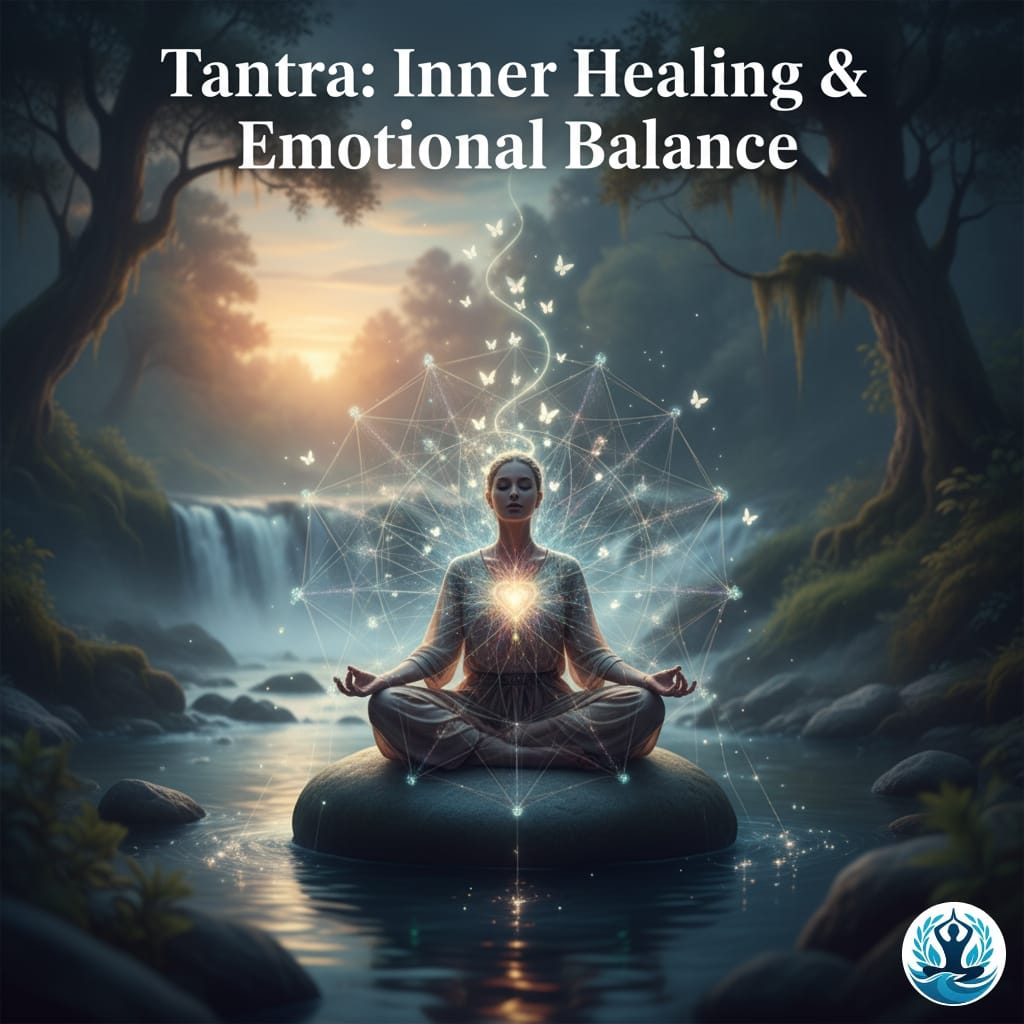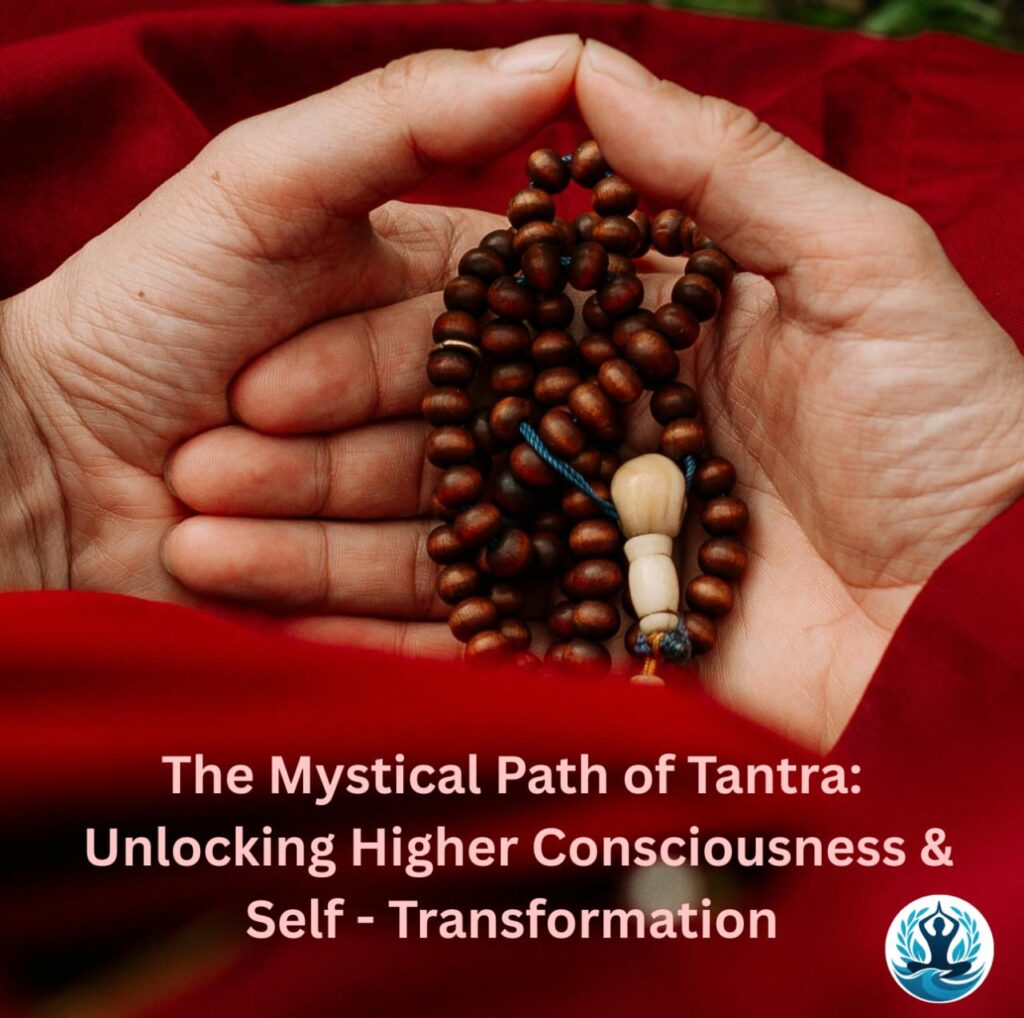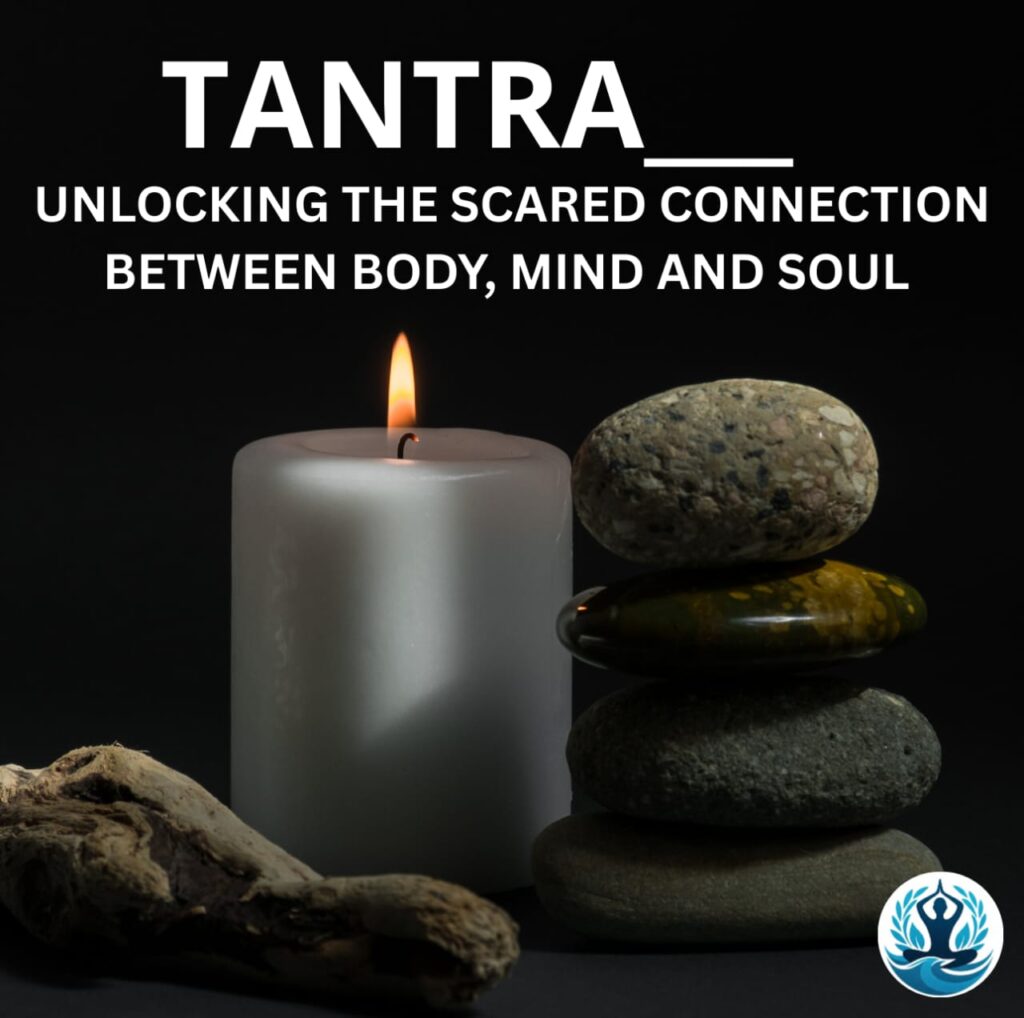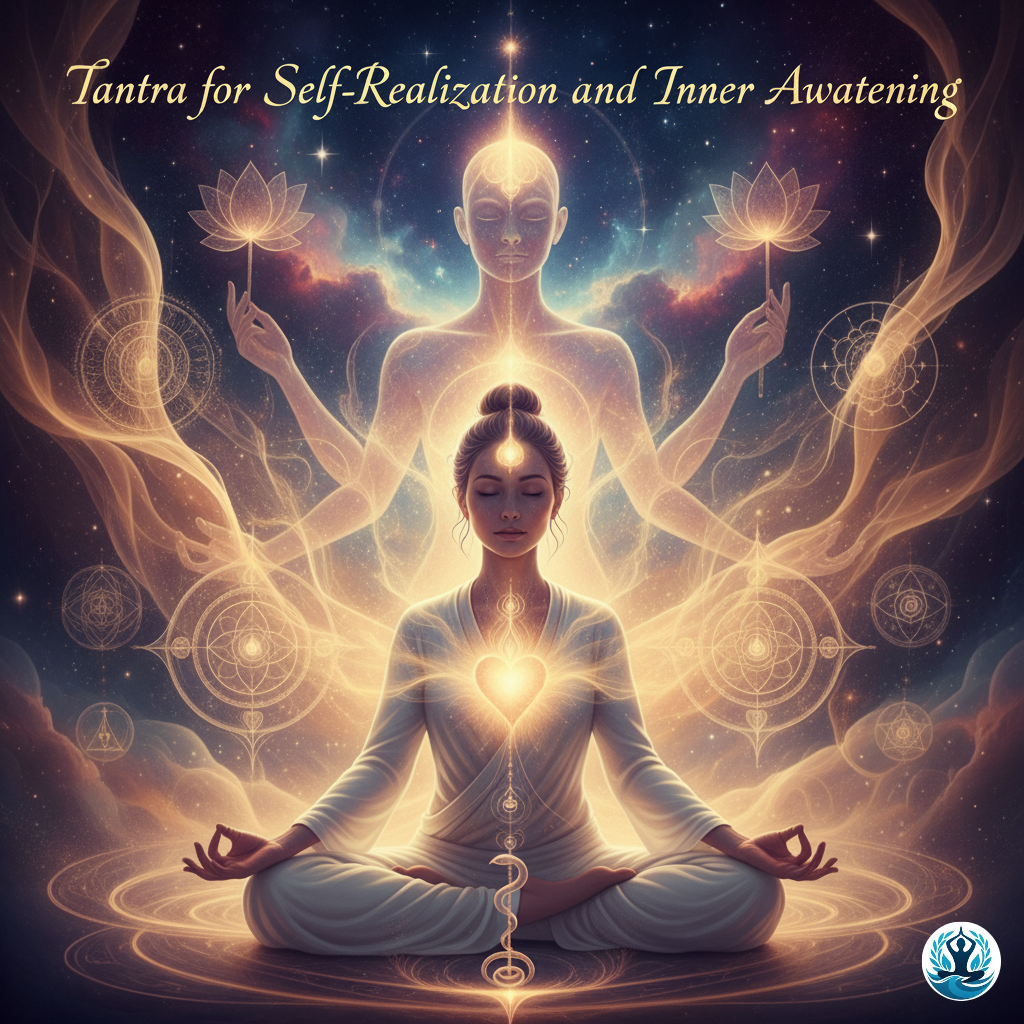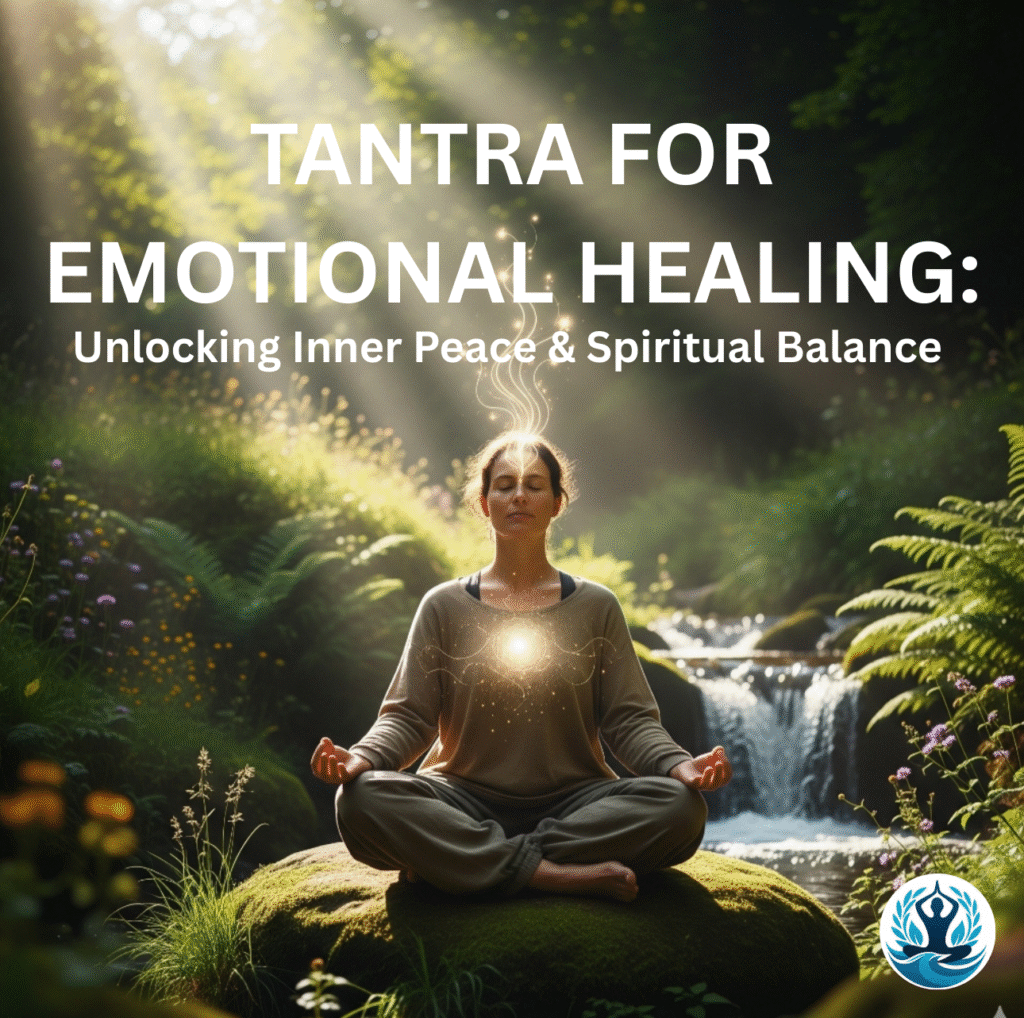Tantra for Physical, Emotional, and Spiritual Balance: A Complete Guide to Mind-Body-Soul Harmony
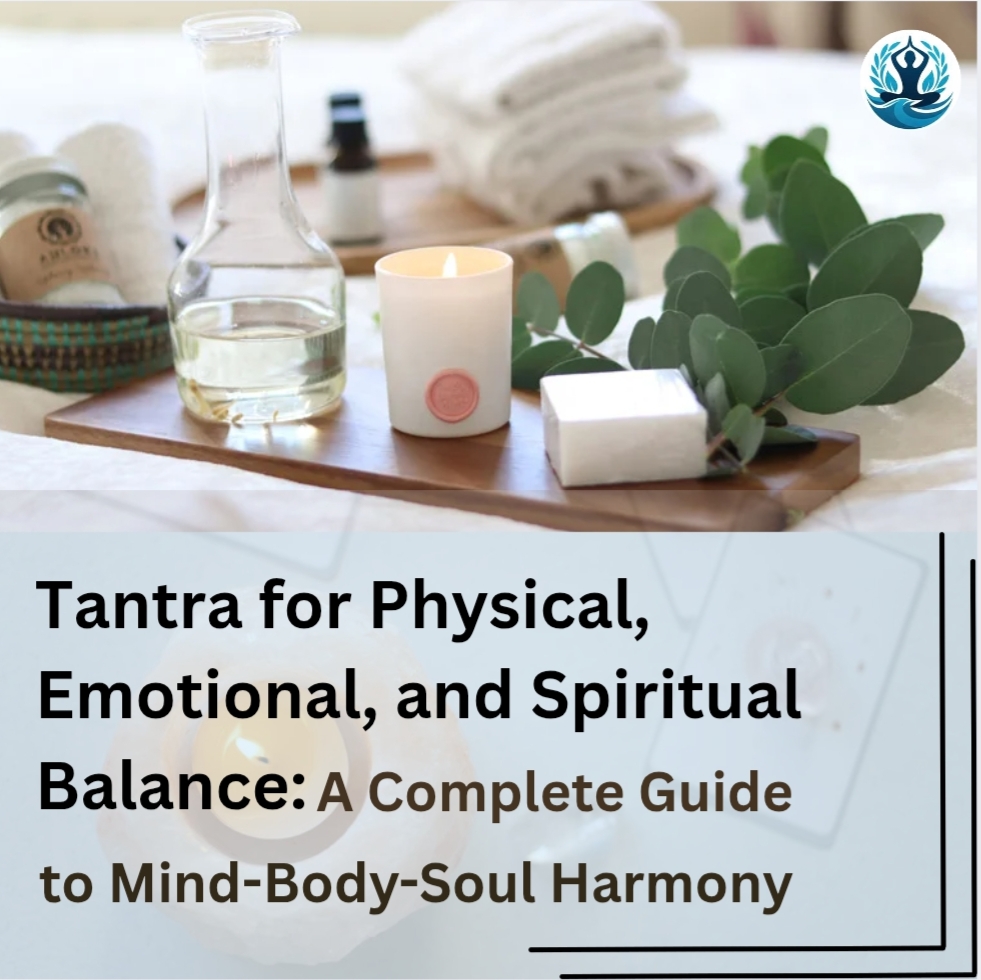
1. Introduction to Tantra and Balance
In today’s fast-paced world, it’s easy to get caught in the whirlwind of responsibilities, relationships, and relentless mental noise. We often find ourselves physically drained, emotionally unstable, and spiritually disconnected. Tantra, an ancient spiritual science, offers a path back to harmony — not by escaping life, but by embracing it fully.
Contrary to common misconceptions, Tantra is not just about intimacy or sexual practices. It is a vast philosophy rooted in the understanding that everything in the universe is interconnected. By learning to channel life force energy (prana) through conscious awareness, movement, breath, and ritual, Tantra aims to create balance on three essential levels: physical, emotional, and spiritual.
This holistic approach doesn’t separate the body from the mind or spirit — instead, it integrates them. By practicing Tantra, you can strengthen your physical health, heal emotional wounds, and experience a deeper spiritual connection.
In this guide, we’ll explore how Tantra can help you align your mind, body, and soul, so you can live with more vitality, love, and purpose.
2. The Philosophy of Balance in Tantra
In Tantra, balance is not a static state — it’s a dynamic flow. Just like a river changes its path according to nature’s rhythm, human life flows best when we adapt with awareness.
At the heart of Tantra is the union of Shiva and Shakti:
Shiva represents stillness, consciousness, and the witnessing presence.
Shakti represents energy, creativity, and dynamic expression.
When these energies are in harmony, life feels vibrant and purposeful. When they are out of balance, we may feel restless, disconnected, or fatigued.
Tantra also recognizes that prana— our life force — flows through energy channels called nadis and centers known as chakras. Stress, trauma, and unhealthy habits block this flow, leading to imbalance in the body, mind, and emotions.
The tantric path is about restoring the free flow of energy, so that physical vitality, emotional stability, and spiritual clarity can emerge naturally.
3. Tantra for Physical Balance
Your body is the temple of your life force. In Tantra, physical balance means more than just fitness — it’s about awareness, vitality, and sensory presence.
3.1 Body Awareness Practices
Tantra invites you to slow down and become aware of your body. This can include gentle yoga asanas, mindful stretching, or simply scanning your body from head to toe while breathing deeply. The goal is to develop an intimate connection with your physical self.
3.2 Breathwork (Pranayama)
Breath is the bridge between body and mind. Tantric breath practices like Nadi Shodhana (alternate nostril breathing) or deep belly breathing help balance the nervous system and regulate energy flow.
3.3 Healing Touch & Massage
Tantric massage isn’t purely for pleasure — it’s a therapeutic tool to release muscle tension, improve circulation, and awaken dormant energy points. Using warm oils infused with herbs or essential oils enhances the effect.
3.4 Sensory Activation
In the modern rush, we often dull our senses. Tantra teaches sensory awakening through aromatic oils, soothing music, candlelight, and mindful eating. This stimulates vitality and grounds you in the present moment.
3.5 Detox Rituals
A clean body supports clear energy flow. Simple practices like herbal teas, salt baths, and mindful fasting can purify the body, making it more receptive to tantric practices
4. Tantra for Emotional Balance
Unresolved emotions can cloud our thinking and drain our energy. Tantra approaches emotions with acceptance, awareness, and transformation.
4.1 Heart Chakra Opening
The Anahata (heart) chakra is the center of love and compassion. Practices like heart-centered breathing, chanting Yam (heart chakra mantra), and visualizing green light can restore emotional openness.
4.2 Emotional Release
Rather than suppressing feelings, Tantra encourages healthy expression. Dancing, sounding (toning vowel sounds), and spontaneous movement help release stuck emotions without judgment.
4.3 Mindful Relationships
Tantra emphasizes conscious communication — truly listening, speaking with presence, and creating a safe space for vulnerability. This not only strengthens personal relationships but also deepens self-trust.
4.4 Transforming Emotions into Awareness
By observing emotions as they arise, without attaching to them, we begin to see them as energy patterns rather than threats. This transforms anger into clarity, fear into alertness, and sadness into compassion.
4.5 Self-Love Practices
Simple rituals — like looking into your own eyes in the mirror while affirming “I am enough” — can rewire emotional patterns and create resilience.
5. Tantra for Spiritual Balance
While physical and emotional practices ground us, Tantra’s ultimate aim is spiritual awakening— experiencing the oneness of all life.
5.1 Chakra Alignment
Tantra recognizes seven major chakras, from the root (Muladhara) to the crown (Sahasrara). Each chakra corresponds to different aspects of life and consciousness. Balancing them through sound, visualization, and breath leads to spiritual harmony.
5.2 Mantra & Sound Healing
Mantras are sacred sound vibrations. Chanting mantras like Om Namah Shivaya or So Hum purifies the mind, raises your vibration, and connects you with higher consciousness.
5.3 Meditation Techniques
Tantric meditations often involve breath, visualization, and sensory focus. For example, gazing at a candle flame (Trataka) or meditating on a yantra can dissolve mental chatter and expand awareness.
5.4 Union with the Divine
The tantric path teaches that the divine is not “out there” — it’s within you. Every moment can be a spiritual practice when approached with presence and reverence.
5.5 Sacred Rituals
Using mudras (hand gestures), yantras (geometric diagrams), and offerings can create a sacred atmosphere that supports deep inner work.
6. Daily Tantra Routine for Mind-Body-Soul Harmony
Building a daily rhythm is key to sustaining balance.
Morning:
5 minutes of deep belly breathing.
* Chanting a mantra of choice.
* Gentle yoga or stretching.
Midday:
* Short walking meditation.
* Drinking herbal tea mindfully.
Evening:
* Gratitude reflection (3 things you’re grateful for).
* Candle meditation or sound healing.
Weekly Ritual:
* Extended tantric practice — chakra meditation, massage, or sacred bath.
Consistency, even with small practices, creates profound transformation over time.
7. Benefits of Practicing Tantra for Balance
Physical: Improved circulation, better immunity, increased vitality.
Emotional: Reduced anxiety, healthier relationships, greater self-acceptance.
Spiritual: Inner peace, heightened intuition, a sense of life purpose.
When mind, body, and soul are aligned, life flows with ease, joy, and meaning.
8. Common Myths About Tantra
Myth: Tantra is only about sexuality.
Truth: While Tantra honors sexual energy, it is just one aspect of a vast spiritual path.
Myth: Tantra is religious.
Truth: Tantra is a spiritual science that can be practiced by anyone, regardless of belief system.
9. Final Thoughts
Tantra is not about escaping life but embracing it with full awareness. By integrating tantric practices into your daily life, you can restore physical vitality, emotional stability, and spiritual harmony.
Balance is not a destination — it’s a living dance between your inner and outer worlds. The more you practice, the more life will feel like a beautiful, flowing meditation.




